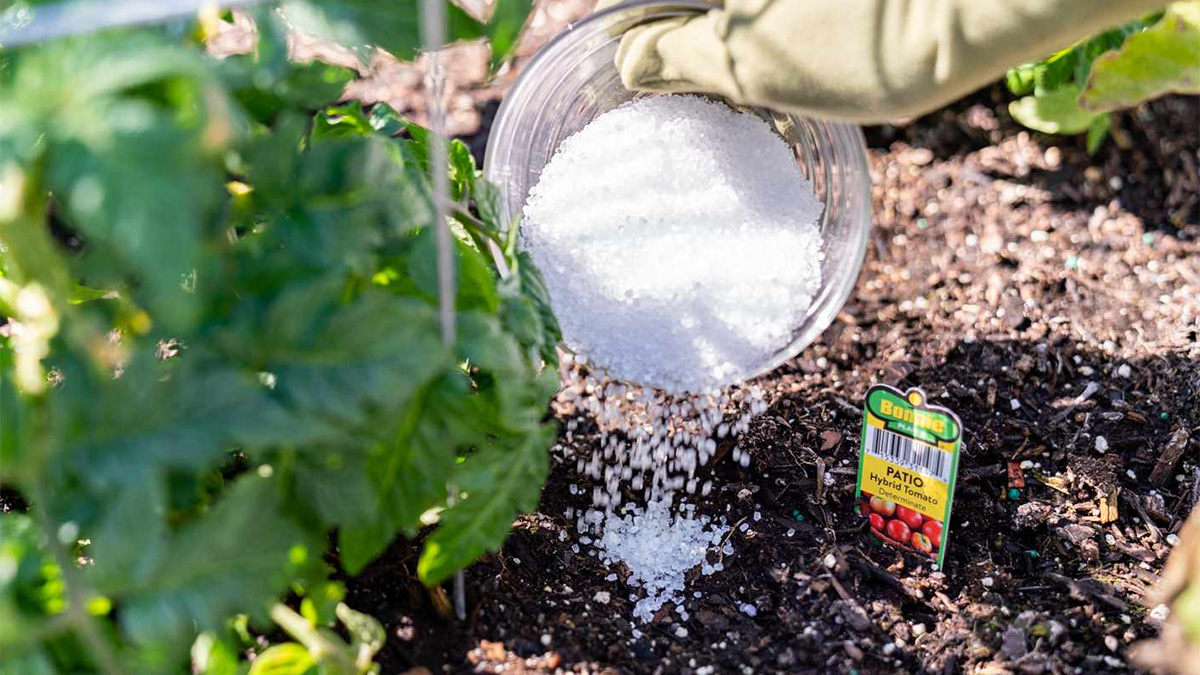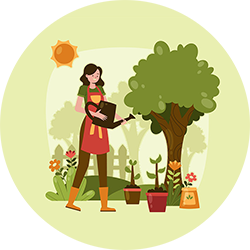Common Gardening Myths Debunked (You Might Be Doing These!)

Gardening advice is everywhere, passed down from relatives, swapped between neighbors, and shared widely online. But not all of it holds up to closer scrutiny. In fact, some long-standing tips can do more harm than good. Whether you’re new to gardening or have years of experience, it’s worth questioning common wisdom.
You must water your garden every day
Daily watering might seem like a good idea, but it often does more harm than good. Most plants benefit from deep, less frequent watering that encourages roots to grow downward and become more drought-tolerant.
Instead of sticking to a daily schedule, check your soil regularly. If the top inch or two feels dry, it’s likely time to water. Factors like soil type, plant species, and weather conditions will influence how often your garden really needs moisture.
Epsom salt is a miracle cure for all plants
Epsom salt has long been promoted as a cure-all in gardening circles. Claims range from bigger blooms to greener leaves and healthier roots. While magnesium and sulfur the two main components of Epsom salt are important nutrients, most soils already have sufficient levels of both.
Unless a soil test shows a deficiency, there’s usually no benefit to adding Epsom salt. In fact, repeated use can create imbalances and damage plant health. It’s not that Epsom salt is useless it’s just overhyped and often misapplied.
More fertilizer equals better growth
It’s easy to assume that more nutrients mean faster or healthier plant growth. However, too much fertilizer can burn roots, promote excessive leaf growth over flowers or fruit, and even harm beneficial microbes in the soil.
A better approach is to fertilize based on your plants’ actual needs. Use a balanced fertilizer or enrich your soil with compost. Feed sparingly, and always follow the application instructions.
Gravel in the bottom of pots improves drainage
This old tip has stuck around for generations, but adding gravel to the bottom of pots can actually hinder drainage. Water tends to cling to the soil above the gravel layer rather than flow through it, potentially causing root rot.
If you want proper drainage, the key is to use a high-quality, well-draining potting mix. Make sure your containers have holes at the bottom, and skip the gravel altogether.
You can’t garden if you don’t have full sun
While full sun is ideal for many vegetables and flowers, it’s far from a requirement for every garden. Plenty of plants thrive in partial shade, especially in hot climates where afternoon sun can be intense.
Leafy greens like lettuce, spinach, and arugula do well with just a few hours of sunlight a day. Herbs such as mint, parsley, and cilantro are also shade-tolerant. You don’t need perfect conditions to grow something great just the right plant for your space.
Organic gardening means doing nothing
Organic gardening is often misunderstood as being passive or low-effort. The truth is, successful organic gardening takes planning, observation, and regular care.
You’ll need to build healthy soil through composting, rotate crops to reduce pests, and monitor for early signs of disease. Rather than relying on synthetic solutions, organic gardening focuses on prevention, biodiversity, and natural methods to keep the garden in balance.
You need to till your garden every year
Tilling used to be the standard method for preparing garden beds, but it’s fallen out of favor among many gardeners. Tilling breaks up soil structure, exposes microbes to sunlight, and can lead to erosion over time.
A no-till or low-till approach preserves soil life and structure. You can add compost, mulch, or cover crops on top of the soil and let nature take it from there. Fewer disruptions often lead to healthier, more productive soil in the long run.
All bugs in the garden are bad
It’s easy to panic at the sight of insects on your plants, but not all bugs are bad. In fact, many are crucial allies in a healthy garden.
Ladybugs, lacewings, hoverflies, and parasitic wasps feed on common pests like aphids and caterpillars. Pollinators like bees and butterflies help fertilize your flowers and vegetables. Instead of reaching for pesticide sprays, try identifying the bugs first you might find they’re helping more than hurting.
You should prune trees and shrubs anytime
Pruning seems simple, but the timing really matters. Cutting at the wrong time can reduce flowering, weaken plant structure, or leave the plant vulnerable to disease.
Spring-blooming shrubs should be pruned right after they flower, while summer bloomers are usually pruned in late winter or early spring. Always use clean, sharp tools and make cuts with purpose rather than pruning randomly.
Dead plants mean you’re a bad gardener
Every gardener has lost a plant. It doesn’t mean you failed it means you’re learning. Some plants die because of environmental stress, pests, or even just bad timing.
Treat plant losses as opportunities to better understand your garden. Maybe the soil wasn’t right, or the light conditions were off. Gardening is an ongoing process of trial and discovery. What matters most is curiosity and the willingness to keep growing.
Conclusion
Believing every piece of gardening advice can lead to confusion, disappointment, and unnecessary work. By separating fact from fiction, you can make smarter, more confident decisions that benefit both your plants and your peace of mind. As gardening evolves, so should our understanding of what truly helps our green spaces thrive. Keep questioning, keep learning, and most importantly keep growing.
